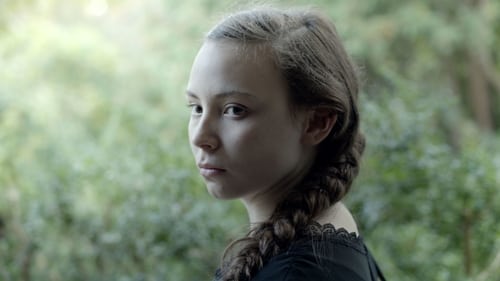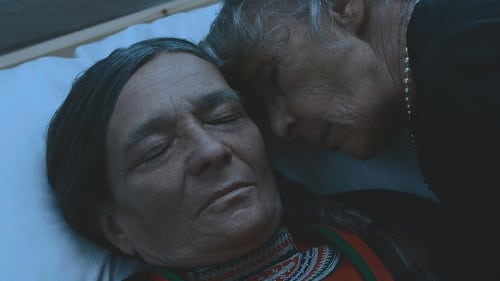Högfjällets dotter (1914)
Gênero :
Runtime : 32M
Director : Victor Sjöström
Sinopse

Elle Marja, de 14 anos, é uma garota da etnia sámi. Exposta ao racismo dos anos 1930 e a exames biológicos em seu colégio interno, ela passa a sonhar com outra vida. Para alcançá-la, a jovem tem que se tornar outra pessoa e cortar todos os laços com sua família e sua cultura.

Setembro de 1944, poucos dias antes a Finlândia saiu da Segunda Guerra Mundial. Um atirador-Kamikadze Veikko finlandês acorrentado a uma rocha conseguiu libertar-se. Ivan, um capitão do exército soviético, preso pela Frente de Polícia Secreta 'Smersh', escapa por pouco. Eles são soldados dos dois exércitos inimigos. Uma mulher Lapónia, Anni dá abrigo aos dois na sua fazenda. Para Anni eles não são inimigos, mas apenas homens.

Elle, 78, doesn't like Sámi people—even though she is Sámi. Pressured by her son, she returns north for her sister's funeral. When she realizes he's planned for them to stay with their relatives, Elle checks into a hotel.

The third and final part of a trilogy based on Arctic creation myths. The film is a multifaceted tissue weave of myths and traditions reflected in the symbiosis between reindeer, human and landscape.

Ánne is attending a writer’s course. She is met with racial prejudices because of her Sami ethnicity. A writing assignement gives her the courage to confront a fragile memory, a wound that cuts deep.

This is a trilogy about Norway’s shame.

Documentary by Stig Wesslén, commenced in 1942 and ended seven years later. Here he shows human and animal, and follows the nomadic life in an old culture.

A woman returns home to her father and childhood home, after being gone for over 20 years. Her purpose for the visit is to deliver the message that her fathers former wife has passed away.

Why are gooseberries so much more valuable than deer trees and why did the Sami men lay naked on the marsh in the past? How do you respond to a mock execution and what is actually panic attack? Ella and Moa are two girls with more questions than answers and during a summer night they approach a little cautiously of their Sami origin. —Jonas Selberg Augustsén

Fifteen-year-old Máigon and her best friend Ánne-Sire are living in a small village in the Arctic tundra. It is summertime and the nights are nightless. The naive Máigon is challenged by the more experienced Ánne-Sire to make her sexual debut. Máigon feels the pressure, but she has her own plan, one that takes them on a fateful trip.

Based on true events, Let the River flow is a story about Ester, recently graduated teacher who turns into an activist, and is ready to sacrifice her life for the rights of nature and the Sámi.

1944. Norway is under Nazi occupation. Two sámi help the Norwegian resistance on a sabotage mission, but the bridge they’re about to blow up is guarded by a man in Nazi uniform. A fellow sámi in Nazi uniform.









